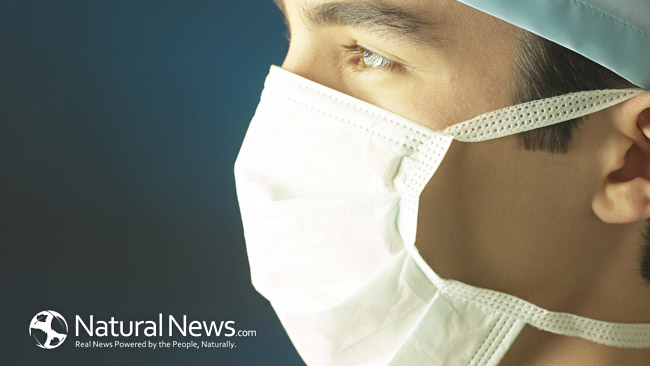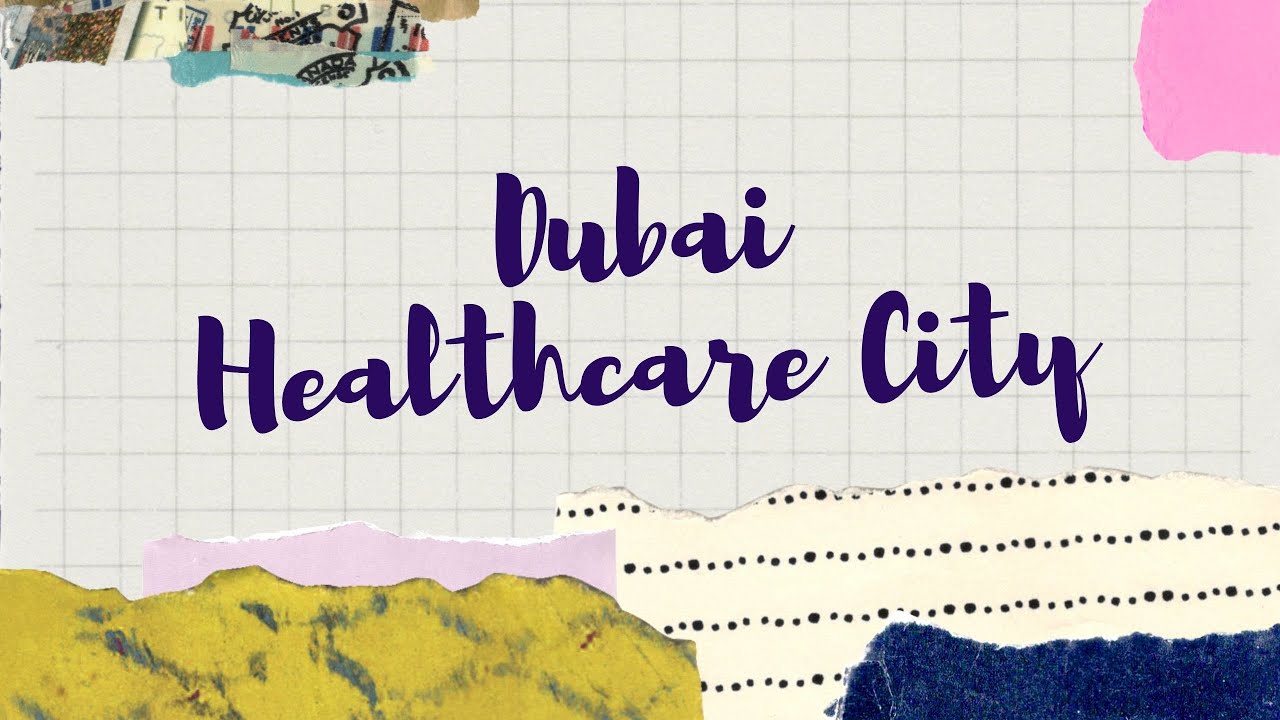The masks were working all
along.
So says an article published last
month in the Atlantic.
This announcement may have come as
a surprise to many who had been following the mask controversy. After all, the
only randomized controlled trial with COVID-19 infection as an endpoint,
published last March (the DANMASK-19 study), failed to show the
masks made any difference. And the only randomized controlled trial with
all respiratory infections as an endpoint – a 2015 joint Vietnamese-Australian
study of nurses in clinical settings – showed that cloth masks actually made things worse.
The new study – which at the time
of writing this is available only in preprint
form – was performed in Bangladesh by a team of researchers from Yale and
Stanford and was impressive, certainly in terms of sample size. Six hundred
villages containing over three hundred thousand adults were randomly assigned
to receive or not to receive the experimental intervention, which included free
masks (either surgical or cloth masks) along with an intensive public education
campaign on the importance of mask wearing.
And how did all this work out? Just
great, at least according to the Atlantic:
Masks work, period.
The randomly
assigned pro-masking policy reduced the number of confirmed, symptomatic
COVID-19 cases by nearly 10 percent, relative to the control group.
There’s a
lot to unpack here, so let’s get started.
That ten
percent figure is the relative reduction in risk. Nowhere does the Atlantic
article give you the absolute reduction, but it can be found in the paper. The
rate of “symptomatic seroprevalence” in the control group was 0.76 percent,
whereas that of the treatment group was 0.68 percent. Now, 0.76 percent minus
0.68 percent equals 0.08 percent, or one in 1,250. If you believe such a tiny
decrease in risk can even be measured reliably, well, bully for you, but that’s
neither here nor there. Since the vast majority of covid cases end in full
recovery, symptomatic seropositivity is not a clinically relevant endpoint.
So did the study provide any
evidence to support the oft-repeated admonition that masks “save lives?” The
study did not have an endpoint for mortality, but we can make an educated
guess. The COVID-19 case-fatality rate for Bangladesh is 1.5 percent. Multiply 1.5
percent by 0.08 percent and you get a figure of less than one in eighty
thousand.
In plain English, if we dropped the
masks tomorrow, it seems unlikely we would notice a difference in terms of
death rates.
Moreover, even that figure of 1.5
percent for the case-fatality rate has been artificially inflated due to the
suppression of safe and effective treatments for early-stage COVID-19 by the
CDC and others, as Peter Breggin points out in his newly released book COVID-19
and the Global Predators.
Speaking of the CDC, their official
guidelines, last updated
7 May 2021, concluded “Experimental and epidemiological data support
community mask-wearing.” As evidence, they cite a number of studies –
cross-sectional studies, case-control studies, cohort studies, population-based
interventions, and mathematical models. They also note the 2020 DANMASK study
as well as the 2015 nurses’ study, but they cite a number of methodological
flaws in these studies.
Since no one has ever performed the
perfect study, on any question, it shouldn’t come as a big surprise that the
nurses’ study and the DANMASK study had flaws. And so what? Why are these the
only studies the authors of the CDC guidelines saw fit to critique in this
manner? Did any of the studies they cite in support of mask-wearing (none of
which was a controlled trial) have flaws, or were they all flawless?
The guidelines also mention a follow-up study
performed by the authors of the original 2015 nurses’ study. This follow-up
deserves close examination
The original study was carried out
under conditions more stringent than will ever be applied in the wider world –
masks worn by trained nurses, who knew they were part of an experimental study
and who were provided with five cloth masks apiece and instructed to wash them
daily. All the re-analysis showed was that under even more stringent conditions
– masks professionally cleaned daily – there was no difference between cloth
masks and medical masks. This will never happen in the wider world, so it is
irrelevant to this discussion.
Moreover, the comparison they made
was invalid anyway. The appropriate comparison here would between masks
professionally cleaned daily and no masks at all, and the authors never ask
that question. The subset of nurses who had their masks cleaned professionally
each day was only twenty-three percent of the total. With decreasing sample
size comes decreasing statistical power, so the fact that their analysis failed
to show a difference between masks professionally cleaned daily and surgical
masks doesn’t tell us what we want to know here.
At this point the reader may be
wondering why the authors felt the need to perform this re-analysis, which
added nothing to our practical knowledge of slowing the spread of the covid in
the wider world. But don’t expect the mainstream media to take up that question
– or any of the other questions raised herein – anytime soon.



